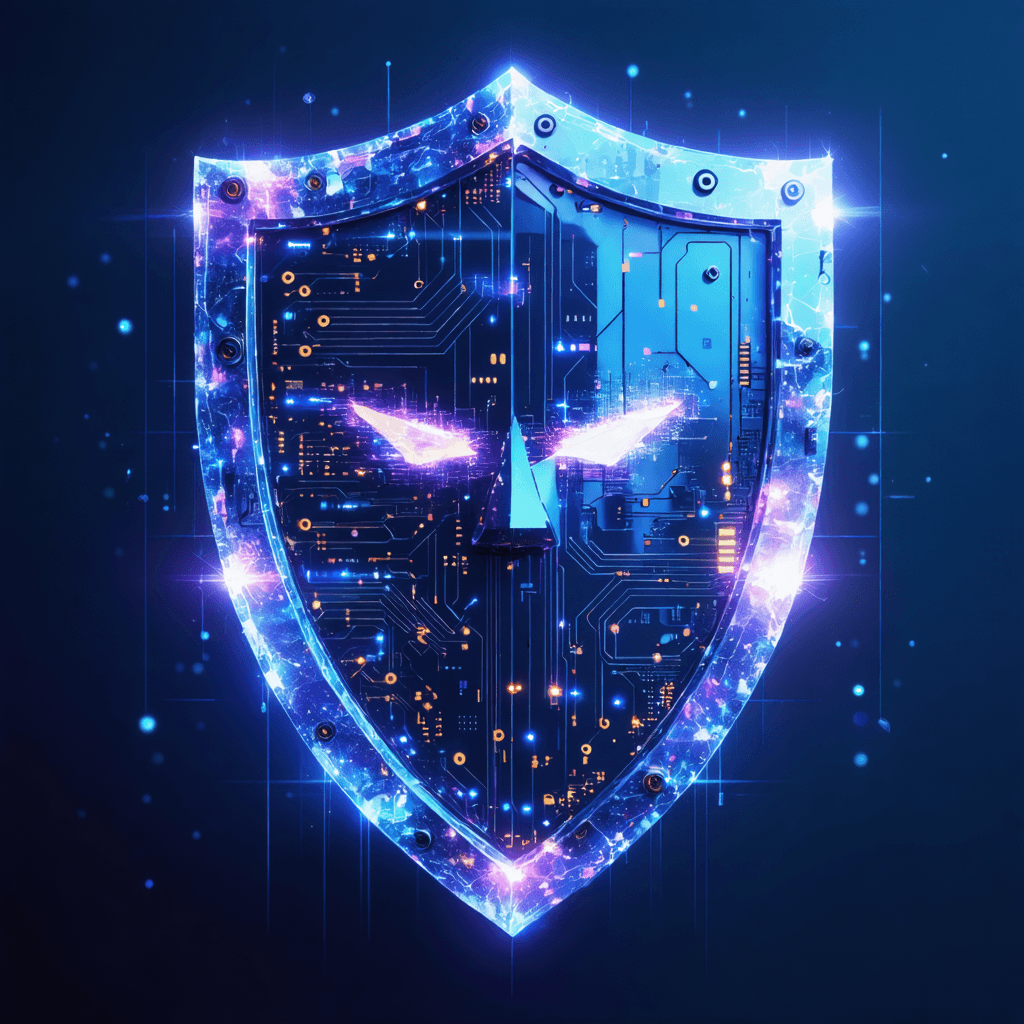7 Mind-Blowing Cybersecurity Trends That Will Reshape Your Digital Defense in 2024
In today's rapidly evolving digital landscape, cybersecurity continues to be a critical concern for organizations and individuals alike. As we navigate through 2024, several groundbreaking trends are reshaping how we approach digital defense. Let's explore these revolutionary developments that are transforming the cybersecurity landscape.

1. AI-Powered Threat Detection and Response
Artificial Intelligence has revolutionized cybersecurity operations, introducing unprecedented capabilities in threat detection and response. Modern security systems now leverage advanced machine learning algorithms to identify and neutralize threats in real-time. These AI-driven solutions can:
- Analyze patterns and predict potential security breaches before they occur
- Automatically respond to and contain security incidents
- Continuously learn from new threats to improve defense mechanisms
- Process and analyze vast amounts of security data in seconds
2. Quantum-Resistant Cryptography
With quantum computing advancing rapidly, traditional encryption methods are becoming vulnerable to potential attacks. Organizations are now implementing quantum-resistant cryptography to protect sensitive data. This trend involves:
- Development of post-quantum cryptographic algorithms
- Implementation of quantum-safe security protocols
- Upgrading existing infrastructure to support quantum-resistant solutions
- Preparing for the quantum computing era

3. Zero Trust Architecture Evolution
The Zero Trust security model has evolved beyond its initial concept, becoming more sophisticated and comprehensive. Modern implementations include:
- Continuous validation at every stage of digital interaction
- Context-aware access controls
- Integration with cloud-native security solutions
- Enhanced identity and access management protocols
4. Extended Detection and Response (XDR)
XDR platforms are becoming increasingly sophisticated, offering unified security incident detection and response across multiple security layers. Key features include:
- Integration of endpoint, network, and cloud security
- Advanced threat hunting capabilities
- Automated response orchestration
- Comprehensive visibility across the entire IT infrastructure
5. Cloud-Native Security Platforms
As organizations continue their cloud migration journey, cloud-native security platforms are becoming essential. These platforms offer:
- Built-in security controls for cloud environments
- Automated security policy enforcement
- Real-time threat detection and response
- Seamless integration with existing cloud services

6. Automated Security Operations
Security automation has reached new heights, with organizations implementing:
- Automated incident response workflows
- AI-driven security orchestration
- Automated compliance monitoring and reporting
- Intelligent threat hunting systems
7. Enhanced Supply Chain Security
Supply chain attacks have become increasingly sophisticated, leading to enhanced security measures such as:
- Advanced vendor risk assessment tools
- Real-time supply chain monitoring
- Blockchain-based security solutions
- Automated third-party risk management
The Road Ahead
As cyber threats continue to evolve, organizations must stay ahead of the curve by adopting these innovative security measures. The integration of AI, quantum-resistant cryptography, and advanced automation will be crucial in maintaining robust cyber defenses.

Ready to enhance your cybersecurity knowledge and skills? Explore 01TEK's comprehensive range of cybersecurity courses and certification programs. Our expert-led training programs are designed to help you master these emerging technologies and prepare for the future of digital security. Visit our website today to learn more about our cutting-edge cybersecurity solutions and educational resources.
Sources: 1. Park University Blog 2. World Economic Forum 3. SentinelOne Cybersecurity Trends 4. Google Cloud Blog 5. Centraleyes Cybersecurity Trends
The loftiest towers rise from the ground.
Chinese Proverb



